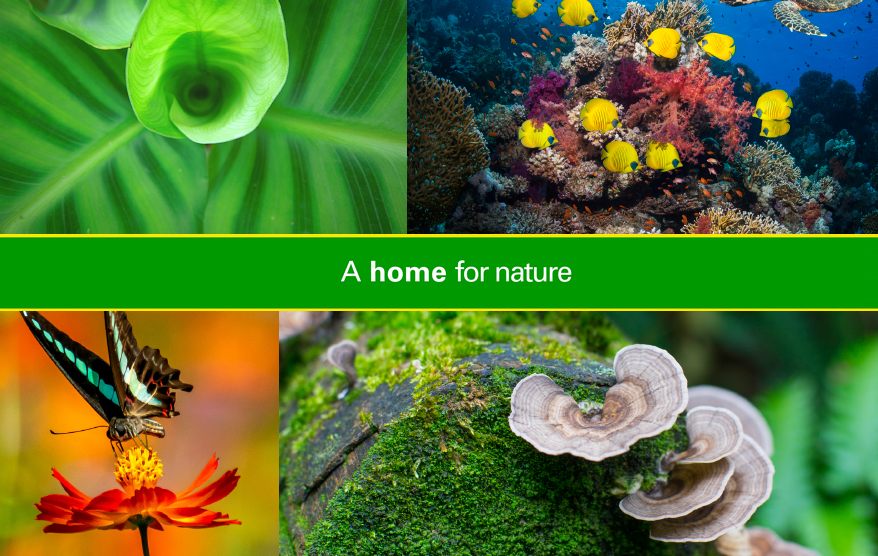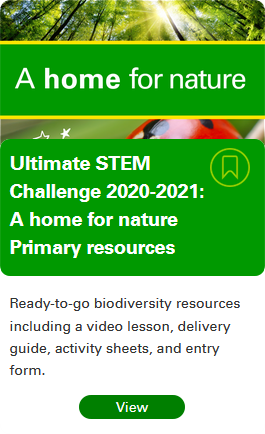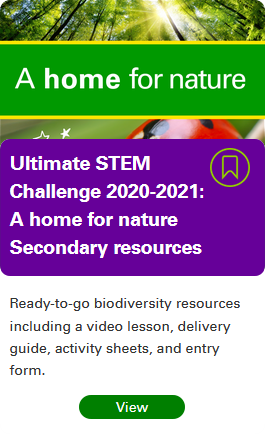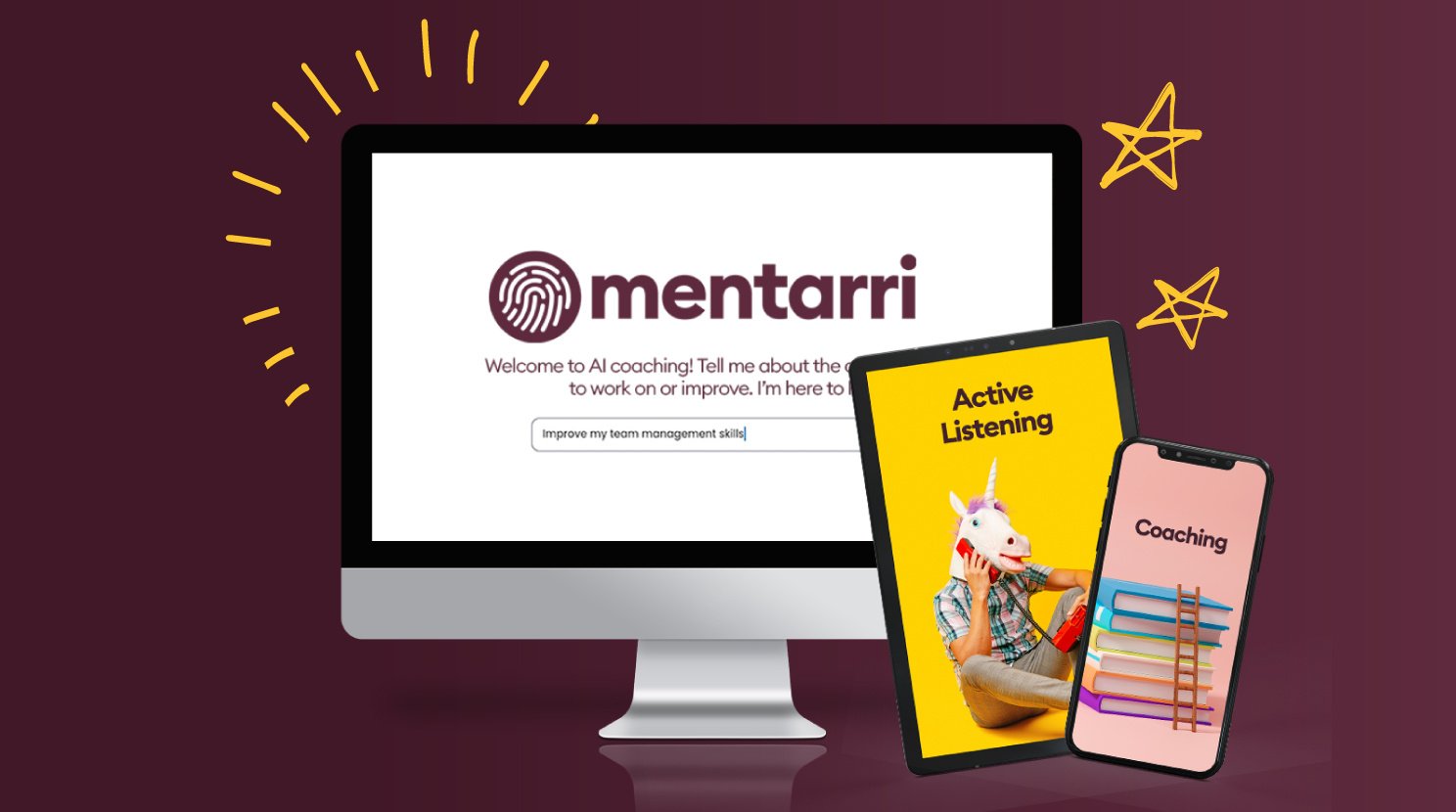Invite students to take part in bp’s Ultimate STEM Challenge to help improve biodiversity – and win personal and school prizes.
Ultimate STEM challenge 2021: A home for nature
The competition closes Wednesday 3rd March 2021.
We rely on the intricate balance between animals and plants to provide us with all the things we need to survive and thrive on Earth, but with animal and plant species in decline all over the world, that balance is in danger.
This year, the BP Educational Service Ultimate STEM Challenge invites young people across the UK to come up with a design for an amazing wild area that includes natural and technical solutions for improving biodiversity in school grounds, at home or in the community and helps to tackle the decline in our native wildlife.
Who is it for?
The challenge is open to 9- to 14-year-olds across the UK. Entries will be judged in two categories: age 9-11 (KS2) and age 11-14 (KS3). Students may enter as individuals or teams of three to four.
Prizes
A winner will be chosen from each age category, as well as an overall challenge winner. The overall winner will receive a £3,000 prize to spend on creating their home for nature, while the category winners will receive £1,000 each. Terms and
conditions apply.
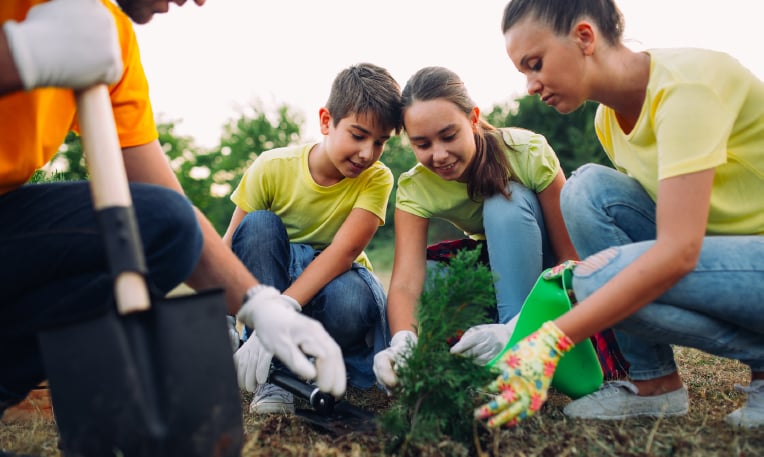
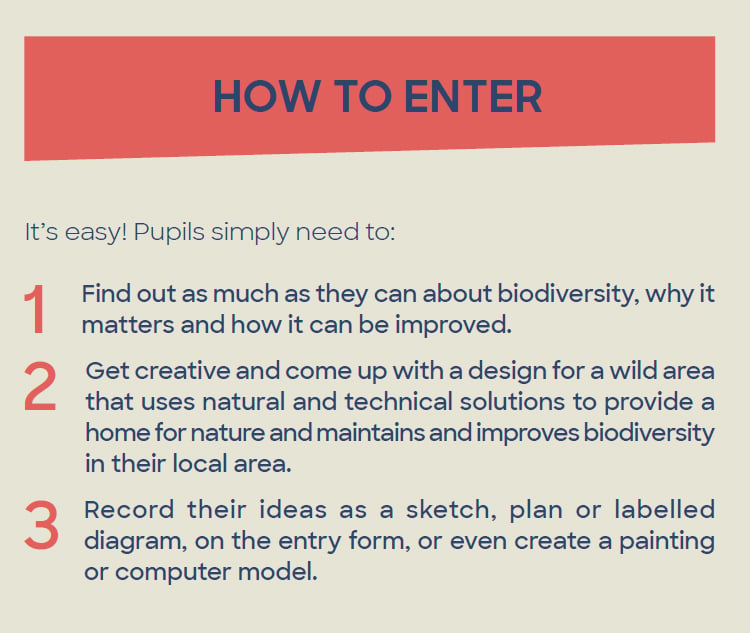
How long will it take?
A maximum of two to three hours (over two lessons) in the classroom and a 15-to 20-minute homework task.
Deadline and submission
The competition closes Wednesday 3rd March 2021.
Entries can be submitted by:
Email: bpusc@nationalschoolspartnership.com
Fax: 020 7509 6651
Freepost: We Are Futures, Ultimate STEM Challenge, 1-2 Paris
Garden, London, SE1 8ND
Supporting resources for teachers and students
Everything you need is available to download at bp.com/bpes and includes:
- Kick-off biodiversity video lesson: Wildlife presenter Michaela Strachan introduces your pupils to the challenge. She then explains the concept of biodiversity, helps them find out why we all need to care about it, and inspires them to improve it, by showing them the amazing things people are doing all over the world.
- Delivery guide: Everything you need to deliver the lessons and homework tasks and prepare and to inspire your pupils for the challenge.
- About biodiversity activity sheet: To record what pupils have learned in the video lesson.
- Homework task sheet: Support pupils as they research the decline of biodiversity in their local community, find potential sites for their home for nature and collect ideas for their design.
- Entry form: To record and explain each home for nature.
- Freepost label: Submit your entries free of charge.
Curriculum links
The Ultimate STEM Challenge supports students to develop their skills and knowledge in several curriculum areas including science (interactions and interdependencies, relationships in an ecosystem), geography (human and physical processes, environment, climate, human activities and natural systems),
design and technology/technologies and computing.
Taking part will help your students use their scientific knowledge and understanding to create natural and technological solutions. Participating in the Ultimate STEM Challenge can also help students develop:
- scientific knowledge and conceptual understanding when finding out about interdependence and biodiversity, its importance, reasons for its decline and how we can improve it
- the scientific knowledge required to understand the implications of science, today and for the future
- essential skills: listening, speaking, problem-solving, creativity, staying positive, aiming high, leadership and teamwork.
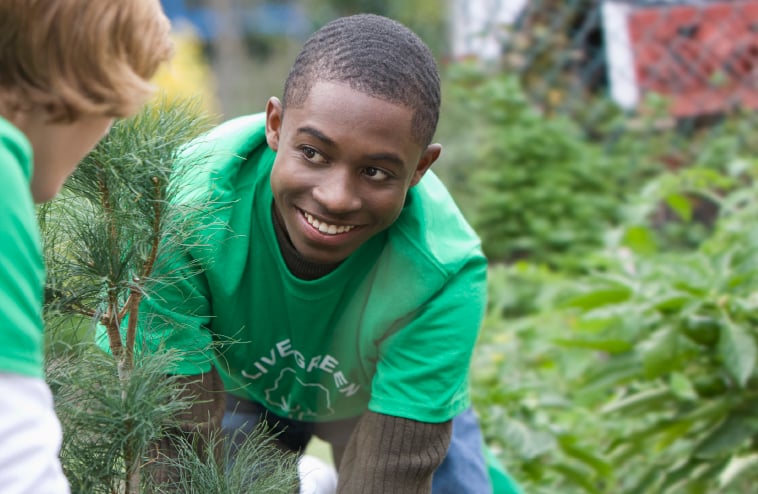
Why is it worth spending time on this in school?
Teach about the hot topic of biodiversity and inspire your students with something they really care about.
High quality, curriculum-linked resources support objectives in science, geography, design and technology and computing curricula.
Help your students discover why biodiversity is in the news and understand how it links to climate change, sustainability and the future of our planet.
These insights were brought to you by Future TalentEd magazine.
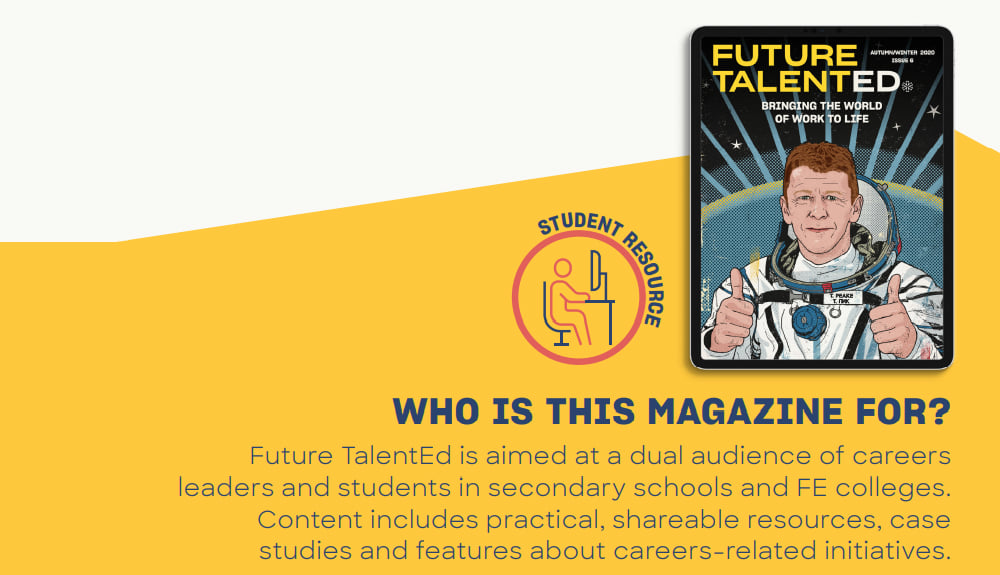
This piece was first featured in our Autumn/Winter 2020 issue of Future TalentEd magazine for careers leaders, parents and students.
